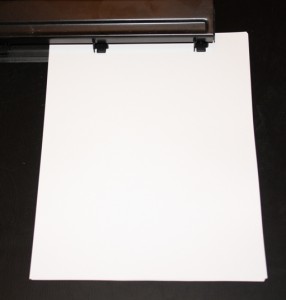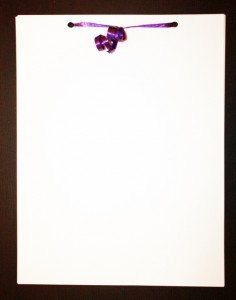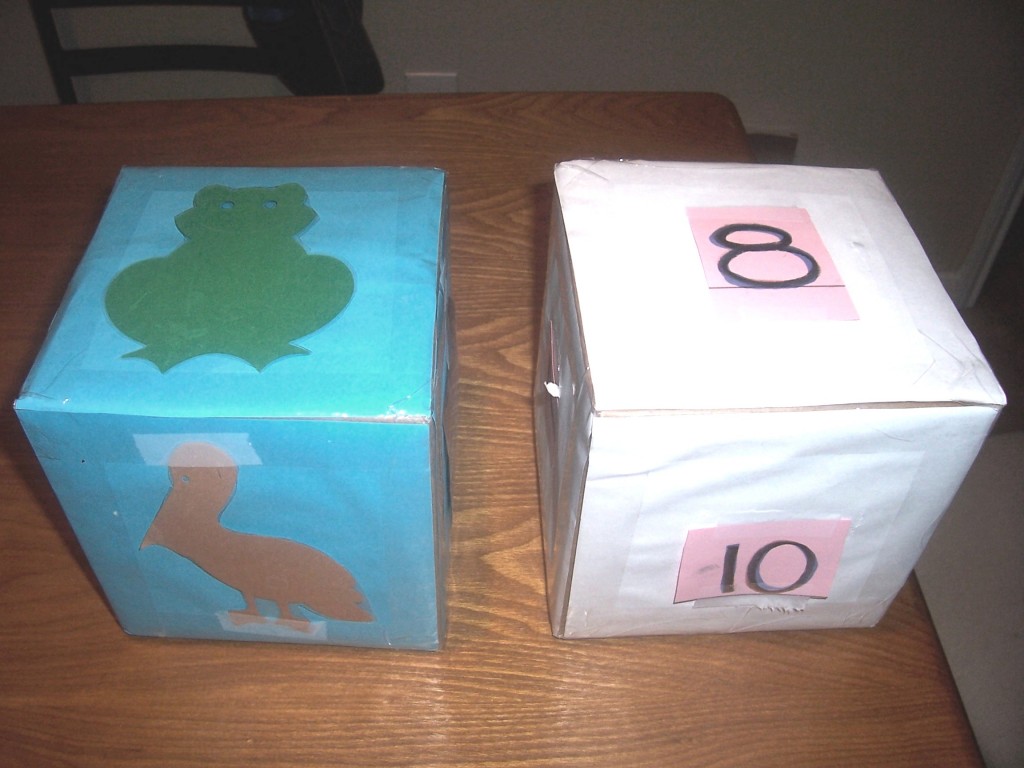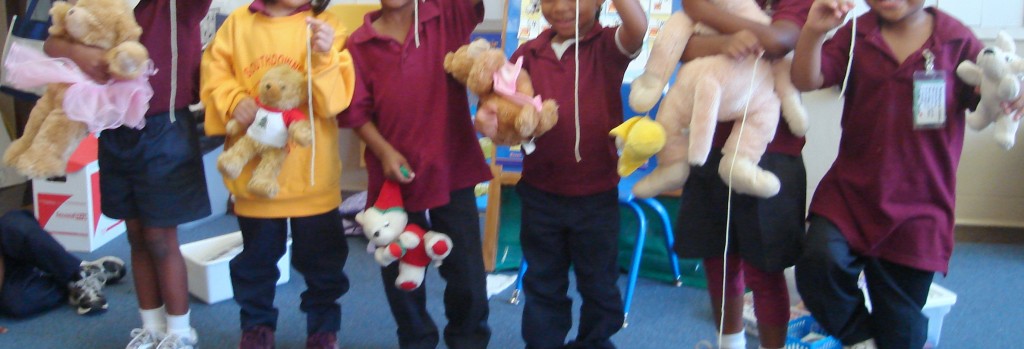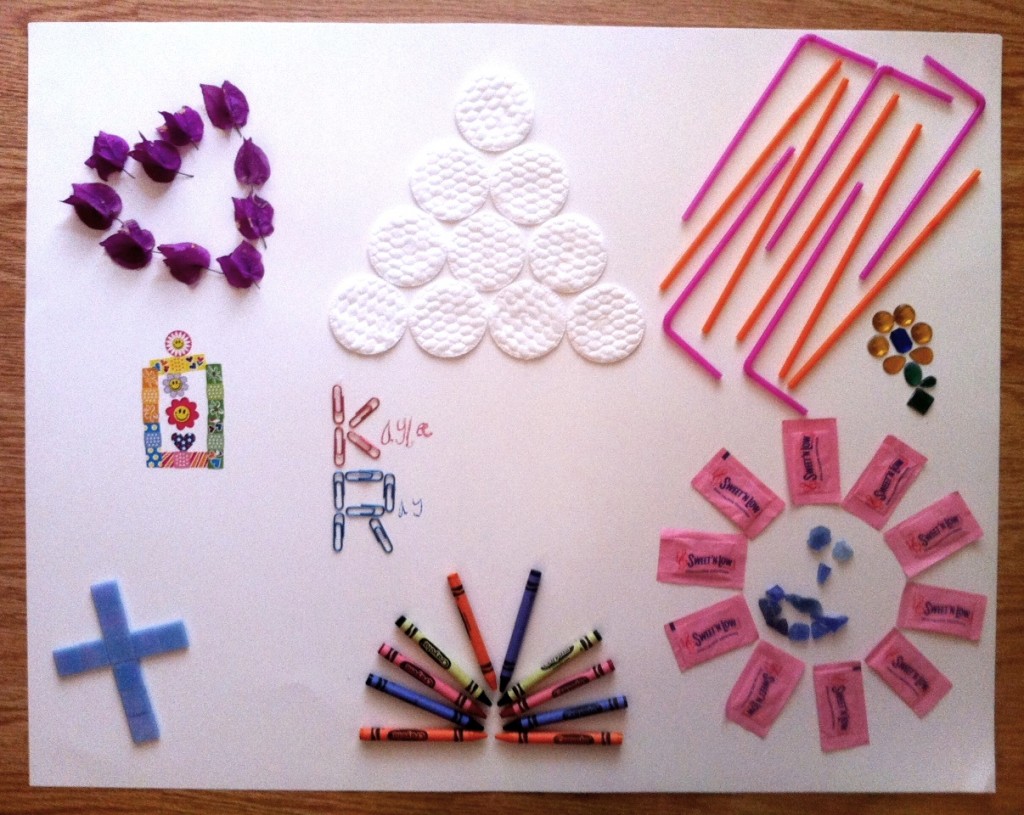One of my favorite things when I was a little girl was to look at an object while attempting to draw it. My art teacher said to pretend that an ant was crawling along the outside of the object and as it crawled my pencil should move with it. This was a great visual for me and it helped me to replicate objects the best that I could.
My goal today is an open-ended “writing” activity, okay okay so it is actually a drawing activity, BUT don’t forget that drawing builds fine motor skills which makes for efficient writers!
First, you are going to assemble your sketchbook… That’s right, make a custom sketchbook that is even more meaningful to your little one because ya’ll made it together. Grab two stacks of computer paper (as thick or thin as you’d like), hole-punch the top of both stacks, slip ribbon (yarn or whatever you have) through them, tie double-knots and then make curls or bows. Why two stacks?… Because it means so much to your little one to do activities TOGETHER, and you are modeling “how to” draw. Write your name on your cover and your little one’s name on theirs (or let them do it if he/she can).
I aligned the 3 hole-punch so that only two holes would be punched in the center of my stack of paper.
I then tied ribbon into a tight double knot, and held the bottom of the ribbon between my thumb and the scissors and pulled out toward the end to make the curls.
Next, ask your little artist to pick something around the house (or in the backyard) to draw, and you will BOTH draw in your own book. Talk about it: what shapes you see, what part you are going to draw first, if it has a word on it (like Tonka) what letters you are going to write on the Truck and where.
This can be such an open-ended experience where your child’s creativity and imagination has the chance to shine.

